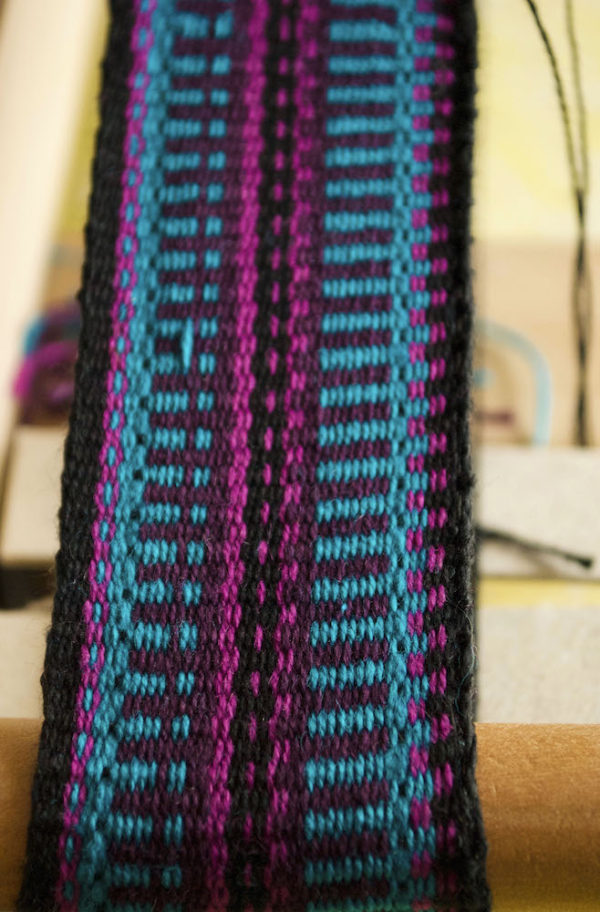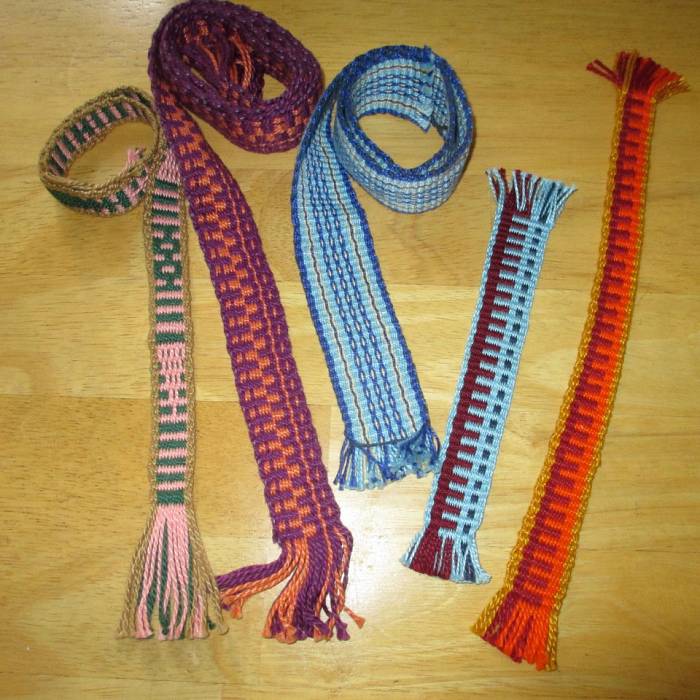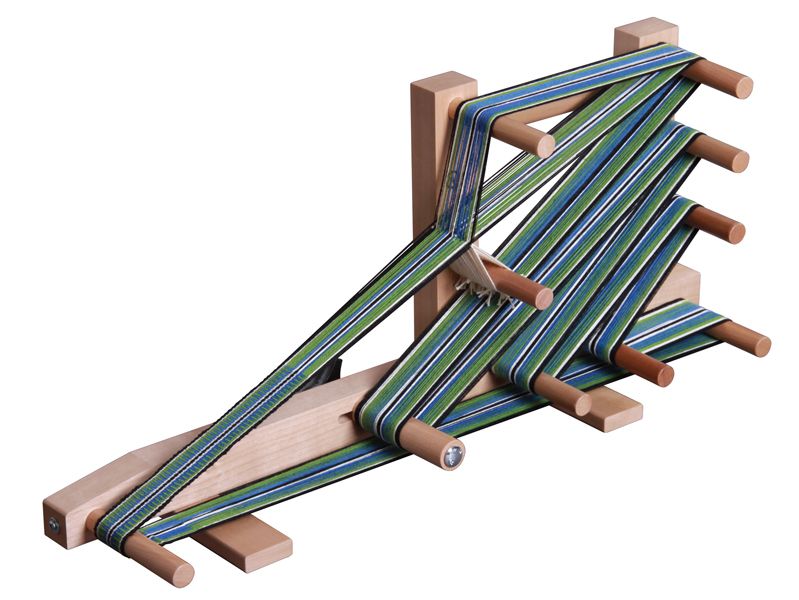



Nanoparticles of SiO 2, TiO 2, ZnO, and Ag, functional materials such as polysiloxane, polysilane and poly(3,4-ethylenedioxythiophene):poly(styrene sulfonate) (PEDOT:PSS) are commonly involved. Furthermore, nanomaterials and/or functional materials that are compatible with the ink formulation can boost the performance of functional fluids with properties such as super-hydrophobicity/self-cleaning, anti-bacterial and electrical conductivity. The selective deposition of functional fluids and the digitalized process made inkjet printing a very versatile and flexible fabrication technology driven by the application demands. For example, inkjet printing was applied to manufacture conductive electrodes, solar cell components, and to deposit precursor particles. Selective and mask-free deposition of functional materials is particularly important since the price of functional material is often high and the positioning of the material is critical in the field of microelectronics. Inkjet printing targeting various functional applications has been investigated intensively on non-absorbent substrates, such as glass, silicon wafer and polymer film. Gradual development of the inkjet printing technology has now come to a stage where it is accurate and fast enough to compete as an alternative method for rapid printing, overall coating and periodic micro-patterning. Inkjet printing is applied in various applications such as micro-manufacturing, photovoltaics, electrochemical sensors and ceramic tile. In the past decades, inkjet printing was recognized as an emerging production technology because of its manufacturing capabilities. Inkjet printing shows large potential in high-end applications such as customized functionalization of textiles in the domain of smart textiles. The functionalized textile preserves its key textile feature such as softness and breathability. The differences in construction of the textile as well as ink–filament interaction attribute to the different transportation behaviors of the ink on the textile, reflected in the durability of the functional layer on the textile. The WCA of functional surfaces is between 130° and 140° after 10 wash cycles, and is ca. Moreover, the functional surface shows resistance to wash and abrasion. The water contact angle (WCA) of the functional surfaces is increased from < 90° to ca. The physicochemical properties of the ink such as surface tension, rheological properties and particle size are characterized, and thereafter inkjet printed as solid square pattern (10 × 10 cm) on polyester and polyamide 66 fabrics. In this research, waterborne, fluorocarbon-free ink containing polysiloxane in the form of micro-emulsion is formulated for the application of water-repellent sports- and work wear. Braiding is typically limited to tubular designs or shape formed tubular constructs and both woven and braided designs are susceptible to unravelling.Digital inkjet printing is a production technology with high potential in resource efficient processes, which features both flexibility and productivity. However, as the fabric is unable to stretch, this limits the potential design options. Woven fabrics can be made flat, tubular and in a few other three-dimensional designs. Knitted textiles can be produced in a flat, tubular or as three-dimensional structures and in comparison to other textile manufacturing options they offer several advantagess.

As a result the mechanical performance of the output fabric can be precisely managed. Knitted fabrics offer a significant design opportunity, because of the ability to customise, control and secure yarn placement. Knitted implantable textiles are popular as a component in medical devices across multiple therapy areas. Below, Aran Biomedical provide a simple overview of knitted textiles. When it comes to selecting a textile for your medical device, engineers can find the selection process quite daunting due to the vast array of implantable fabric designs available and the different performance attributes they offer. Lowest Profile Implantable Medical Textiles.ProTEX Med® Implantable Grade Polypropylene.


 0 kommentar(er)
0 kommentar(er)
